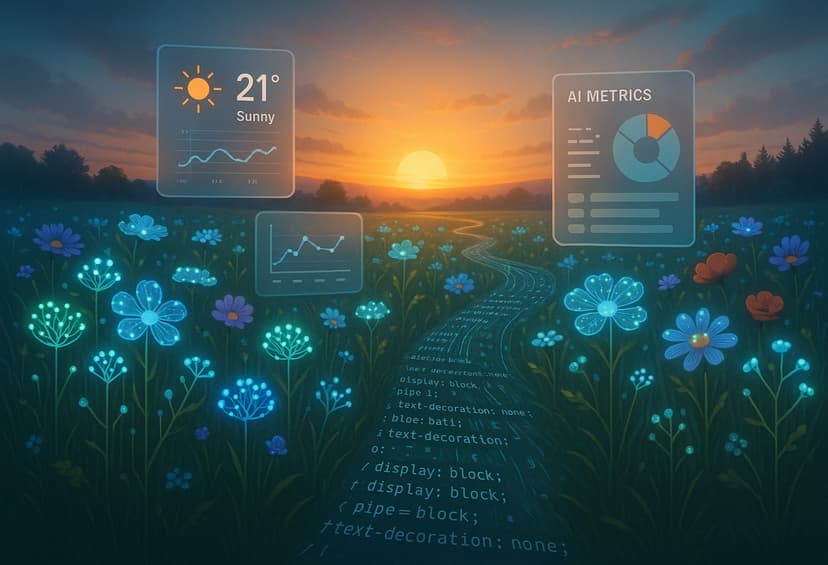The Evolution of Predictive Analytics
Data analytics has evolved from retrospective reporting into a forward-looking powerhouse. Predictive analytics combines statistical modeling, machine learning, and AI to forecast trends and behaviors before they unfold.
Modern predictive systems analyze diverse data types from structured numbers to unstructured text and images unlocking insights traditional methods miss. Retailers forecast demand using social sentiment; healthcare predicts outbreaks using genetics and lifestyle data; finance anticipates market shifts with real-time indicators.
Breakthrough technologies such as deep learning and reinforcement learning allow these systems to learn dynamically and improve over time, adapting to complex, changing environments. Edge computing accelerates predictions by bringing computation closer to data sources, enabling instant decision-making in critical fields like autonomous vehicles and industrial automation.
Tools Empowering Real-Time Foresight
Cloud platforms like Amazon SageMaker, Google Cloud AI, and Azure Machine Learning provide scalable, accessible predictive analytics infrastructure. They enable rapid model building, deployment, and continuous optimization with minimal overhead.
AutoML tools democratize AI by automating algorithm selection, feature engineering, and tuning, allowing business analysts to build powerful models without deep data science expertise. Real-time streaming analytics platforms (e.g., Apache Kafka, Amazon Kinesis) keep predictions current by processing data as it flows.
Integration with BI tools such as Tableau and Power BI brings predictive insights into everyday business dashboards, turning forecasts into actionable strategies.
Embedding Predictive Analytics in Business Strategy
The greatest value of predictive analytics lies in its integration into decision-making. Organizations leading this shift align predictive use cases with key business goals whether improving customer retention, optimizing inventory, or managing risk.
Human-in-the-loop models enhance AI predictions by combining machine precision with human judgment, ensuring ethical and context-aware decisions. Robust governance frameworks maintain model accuracy, fairness, and compliance, while ongoing training fosters a data-driven culture.
APIs and data pipelines embed predictions directly into operational systems CRM, supply chain, finance making foresight accessible and actionable at every business level.
Navigating Challenges and Future Trends
Challenges remain: data quality, privacy, model interpretability, and talent shortages all impact predictive analytics adoption. Balancing accuracy with explainability, adhering to regulations, and investing in workforce development are essential.
Emerging trends promise to deepen predictive capabilities. Quantum computing offers vast new processing power, federated learning enables collaborative model training without sharing sensitive data, and IoT integration fuels real-time, context-aware forecasting. Advances in causal inference move analytics beyond correlation to understanding cause-effect relationships, improving strategic impact.
Conclusion: Charting a Predictive Path Forward
The future belongs to organizations that see beyond historical data and harness predictive analytics to shape tomorrow. By combining AI innovation, cloud scalability, and human insight, businesses unlock foresight that drives agility, growth, and competitive advantage.
Predictive analytics isn’t just a tool, it’s a strategic imperative. The horizon is no longer a limit but a gateway to opportunity. Those who master this new frontier will lead the way.


